On Friday, people around the world took part in a Global Climate Strike that is believed to be the largest climate protest in history. Event organizers say around 4 million people took part.
The strikes grew from the actions of Swedish teenager Greta Thunberg, who attracted attention by skipping school to sit outside Parliament, protesting her government’s lack of action on global warming.
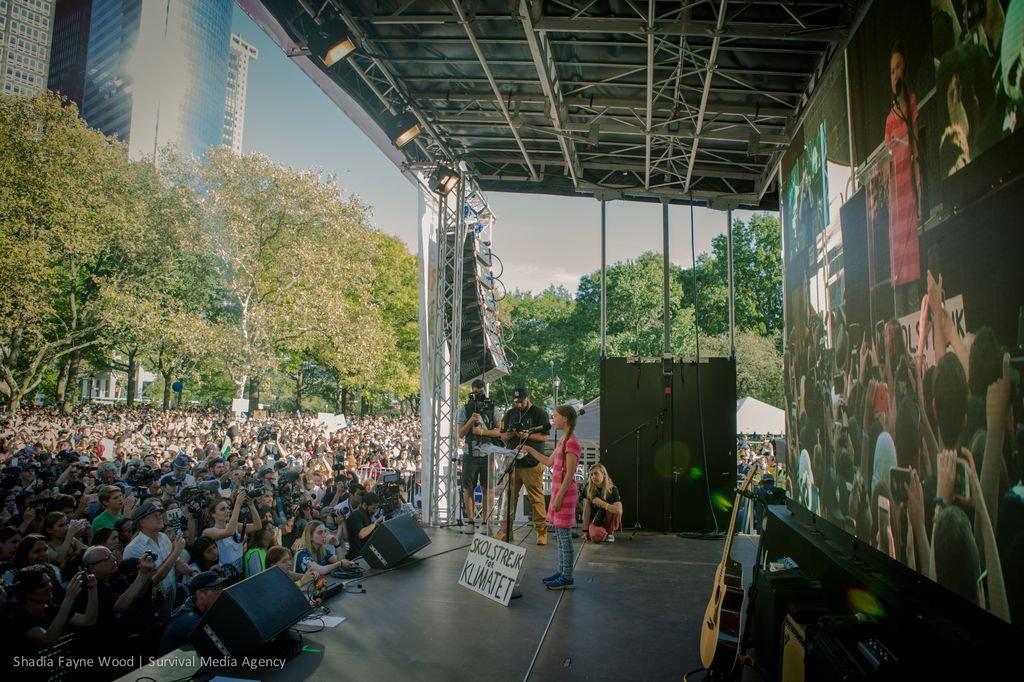
(Source: Shadia Fayne Wood | Survival Media Agency, 350.org.)
Climate Crisis
The climate crisis is a global emergency caused by the change in weather patterns around the world because of human activity. Global heating is a huge part of the climate crisis. The world is getting hotter, mainly because humans are burning “fossil fuels” like coal, oil, and natural gas to make energy. These fuels give off pollution which makes the climate emergency worse. These kinds of pollution are often called “greenhouse gases” or “carbon emissions”.
The world’s countries have agreed to pollute less, but so far not much has changed. The effects of global heating will make life hard, and sometimes impossible, for most living things. Scientists say humans must take strong action before 2030 to avoid the worst effects of the climate emergency.
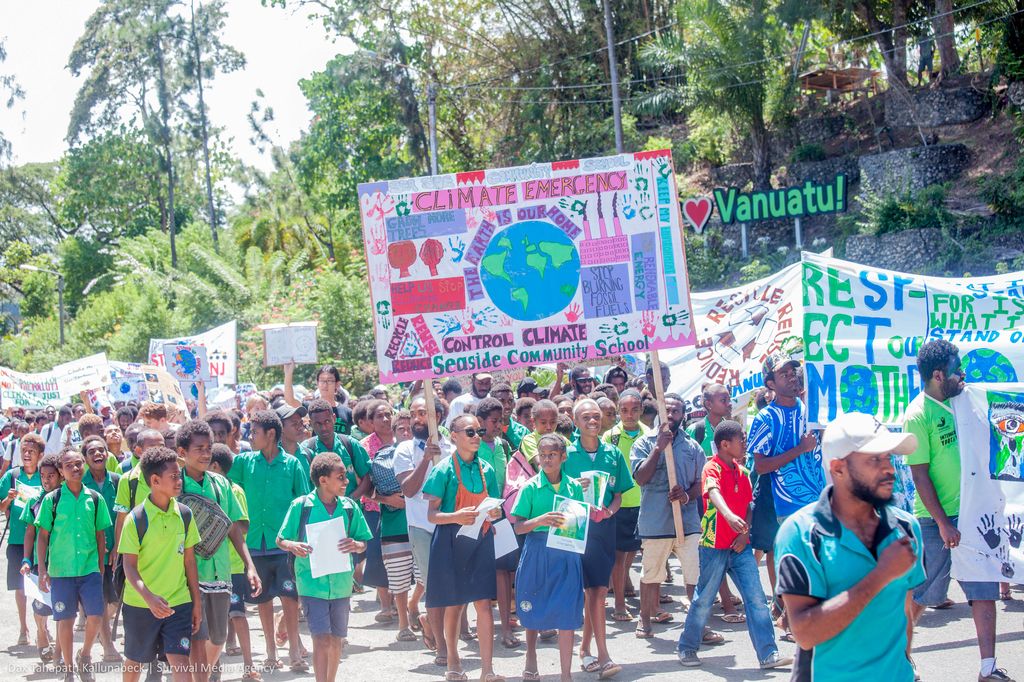
(Source: Dax Tahapath Kallunabeck, 350.org.)
Friday’s event included over 5,800 different climate protests in 161 countries. The climate action group 350.org, which helped organize the event, shared the information below about the numbers of people involved:
| Location | Crowd Size |
|---|---|
| Ukraine | 2,600 |
| Japan | 5,000 |
| South Africa | 5,000 |
| Turkey | 10,000 |
| France | 40,000 |
| London (City) | 100,000 |
| New York City | 250,000 |
| Australia | 330,000 |
| Germany | 1,400,000 |
All of the strikes shared the message that the world is now in a climate emergency that needs to be dealt with right away. But local events also often included a local focus for the protest, such as stopping the Adani Coal Mine in Australia.
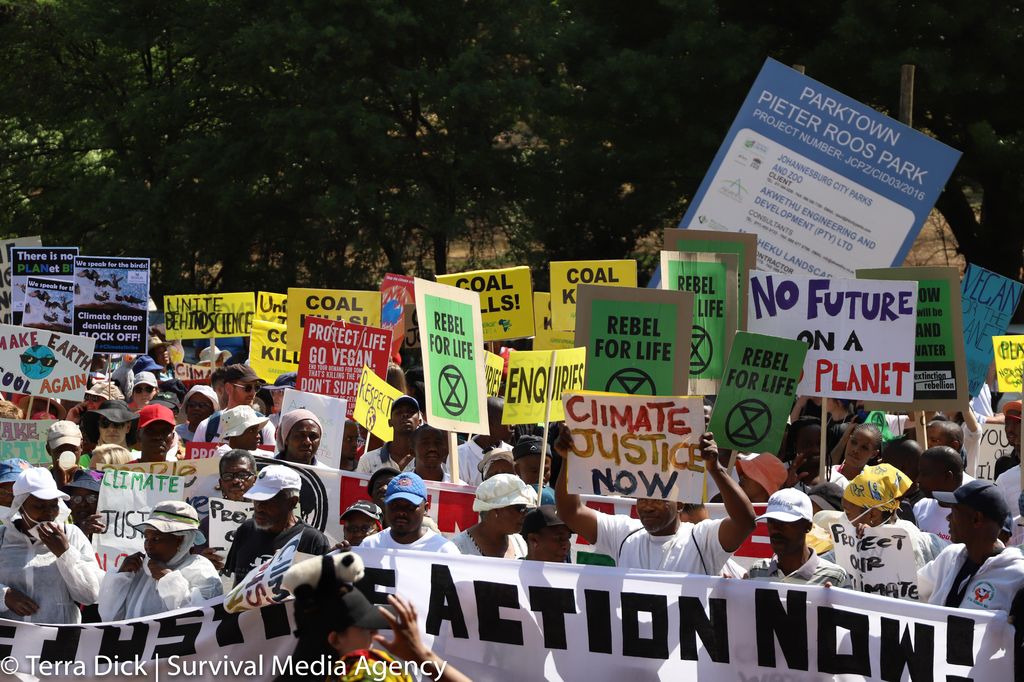
(Source: Terra Dick | Survival Media Agency, 350.org.)
This is the third Global Climate Strike, but the first one that adults were encouraged to join. In the past, most of the protesters have been young people, worried because climate change will affect them much more than adults.
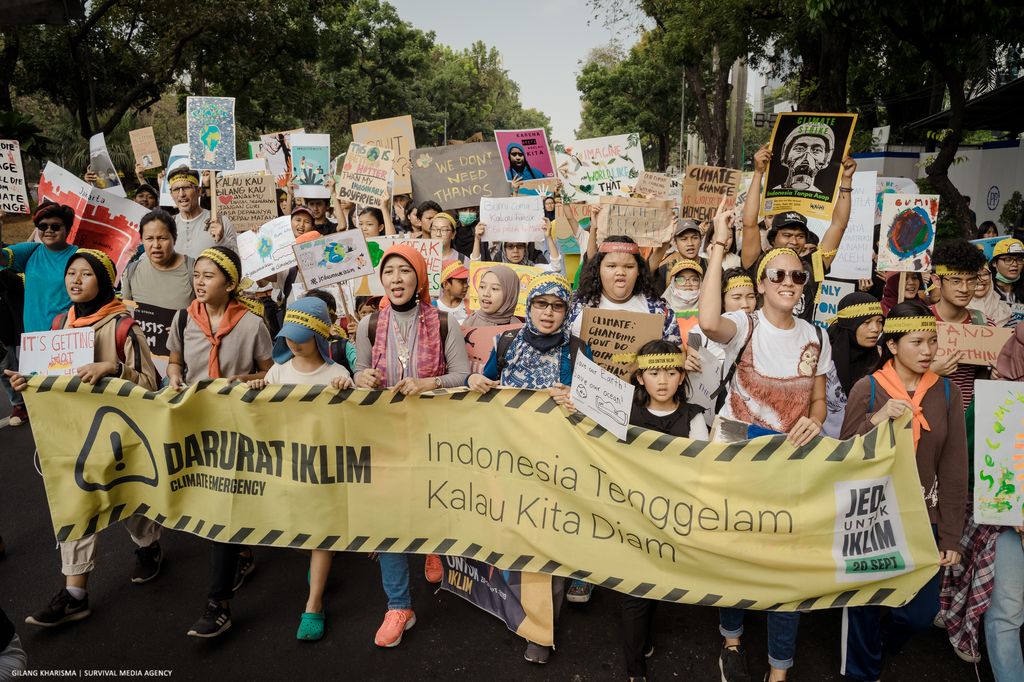
(Source: Gilang Kharisma | Survival Media Agency, 350.org.)
As adults have joined the protests, so have many organizations. Many large groups that work to protect the environment encouraged their members to take part. Around 72 unions (groups that represent workers) have joined the protest. Some unions have millions of members.
The group 350.org says that around 3,000 companies and over 7,000 web sites closed down for the day as part of the strike.
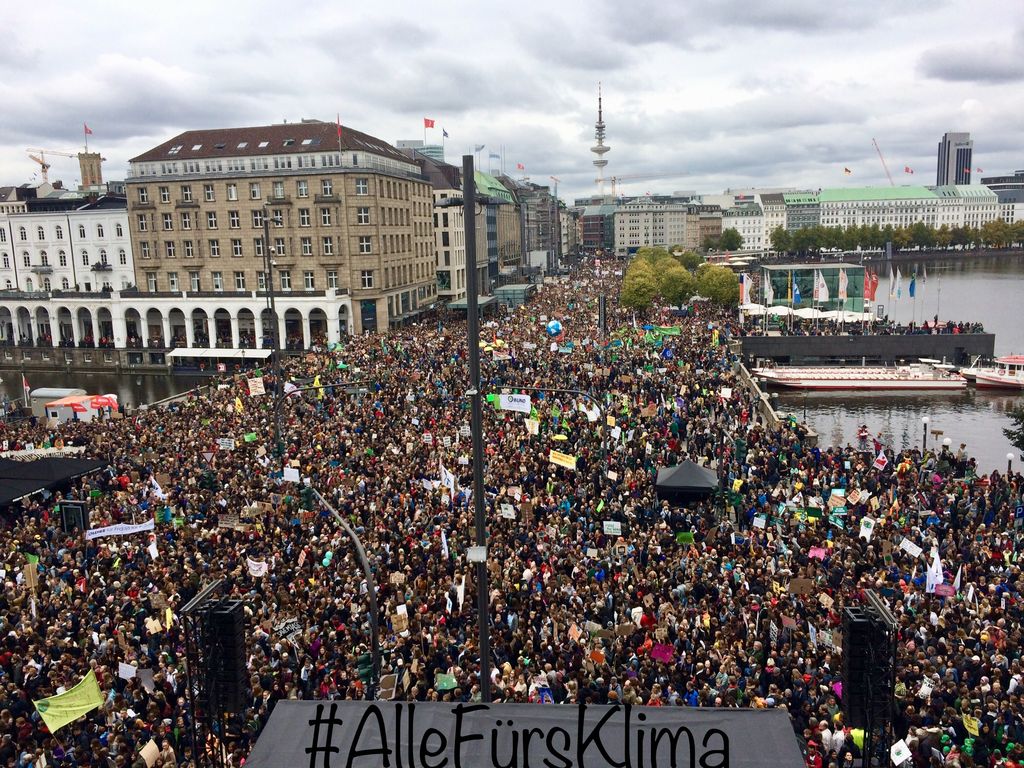
(Source: Johannes Zedelius, 350.org.)
In some cases, protesting workers have helped encourage change at the places where they work. Over 1,000 workers at the online shopping giant Amazon announced they would use Friday’s event to protest the company’s pollution. Google workers did the same thing.
On the day before the climate strike, both companies announced big new plans to cut their pollution. Neither company created their plans simply because of the climate-striking workers, but the pressure and the extra attention may have played a part in getting the companies to take action.
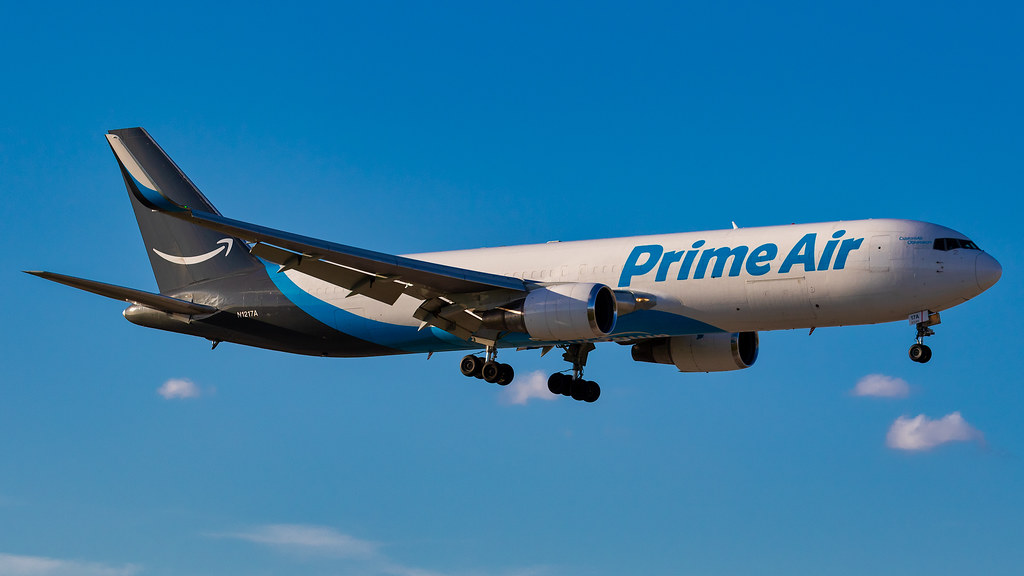
(Source: Nathan Coats, via Flickr.com.)
From Protests to Plans
Climate groups around the world plan to keep going with more climate action events all week long. They want to keep the pressure up on politicians and governments.
Moving from street protests to government action will be challenging. Today, the United Nations (UN) Climate Action meeting begins in New York City. The meeting will bring together governments, businesses, and other groups to share ideas that could actually work in taking on the climate crisis.
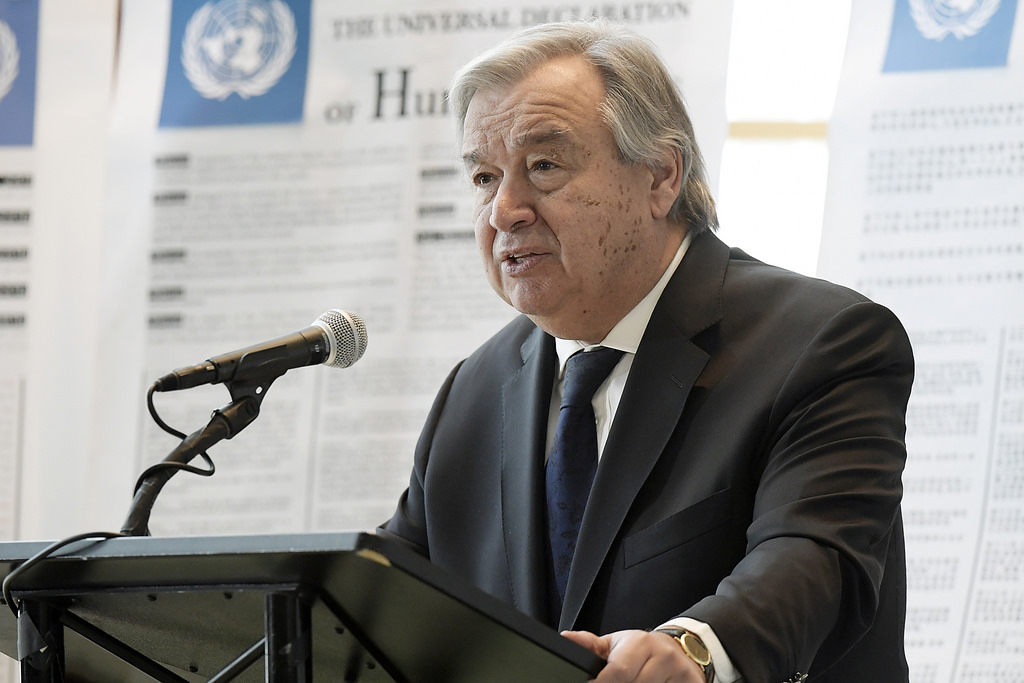
(Source: Evan Schneider, United Nations, via Flickr.com.)
Leaders from around the world will be taking part in the meeting, and UN leader António Guterres wants to focus on action. He told the leaders, “Bring plans, not speeches.”
But two important world leaders won’t be going. Australian Prime Minister Scott Morrison is in the US, but will skip the meeting.
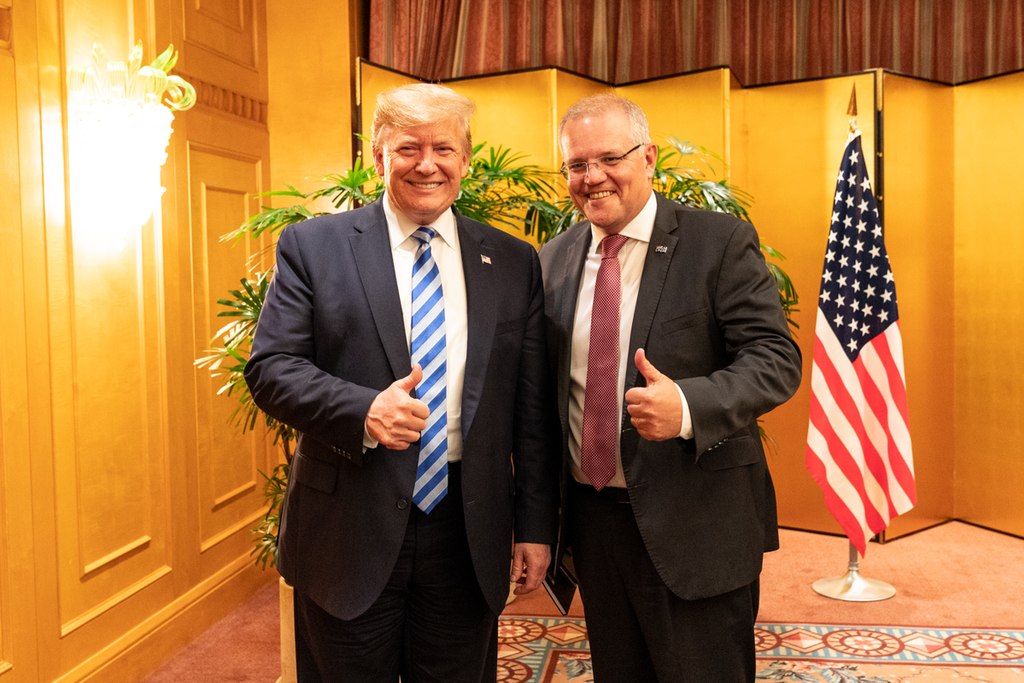
(Source: The White House [Public domain], via Wikimedia Commons.)
US President Donald Trump is also skipping the meeting, and seems to be making a point of it. He will actually be at the UN when the meeting is happening, but he plans to go to a different meeting instead.
Other Global Climate Strike Pictures
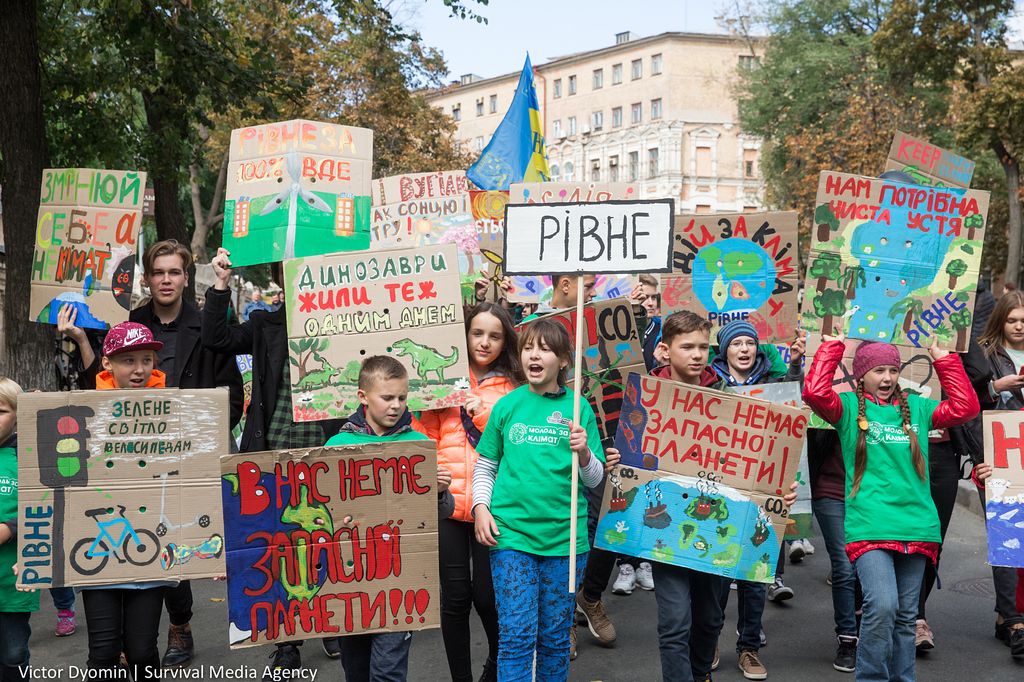
(Source: Victor Dyomin | Survival Media Agency, 350.org.)
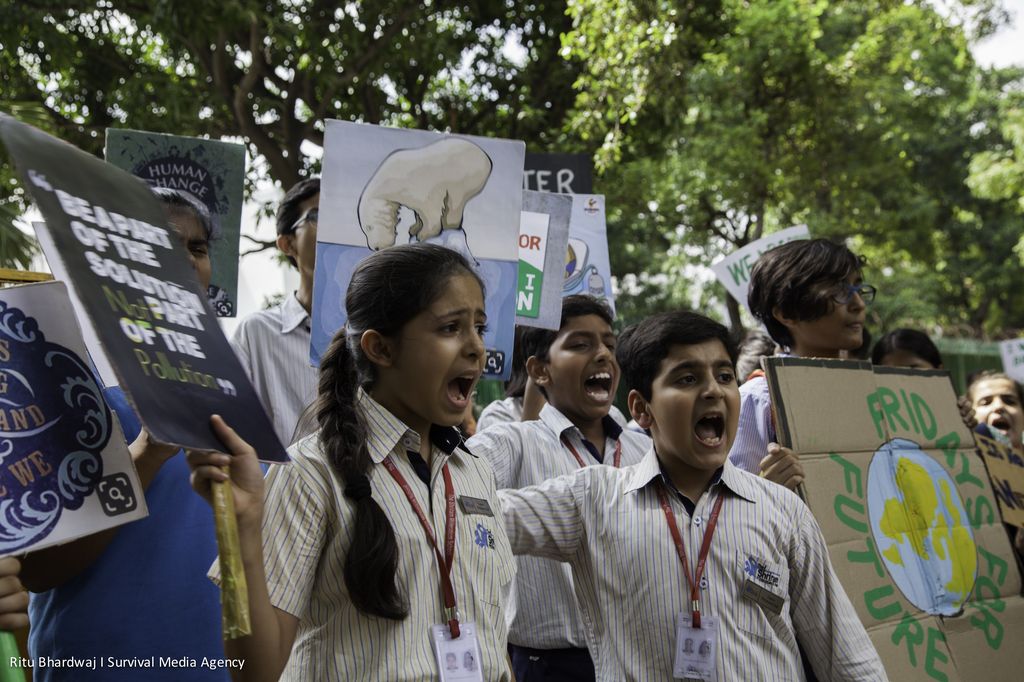
(Source: Ritu Bhardwaj I Survival Media Agency, 350.org.)
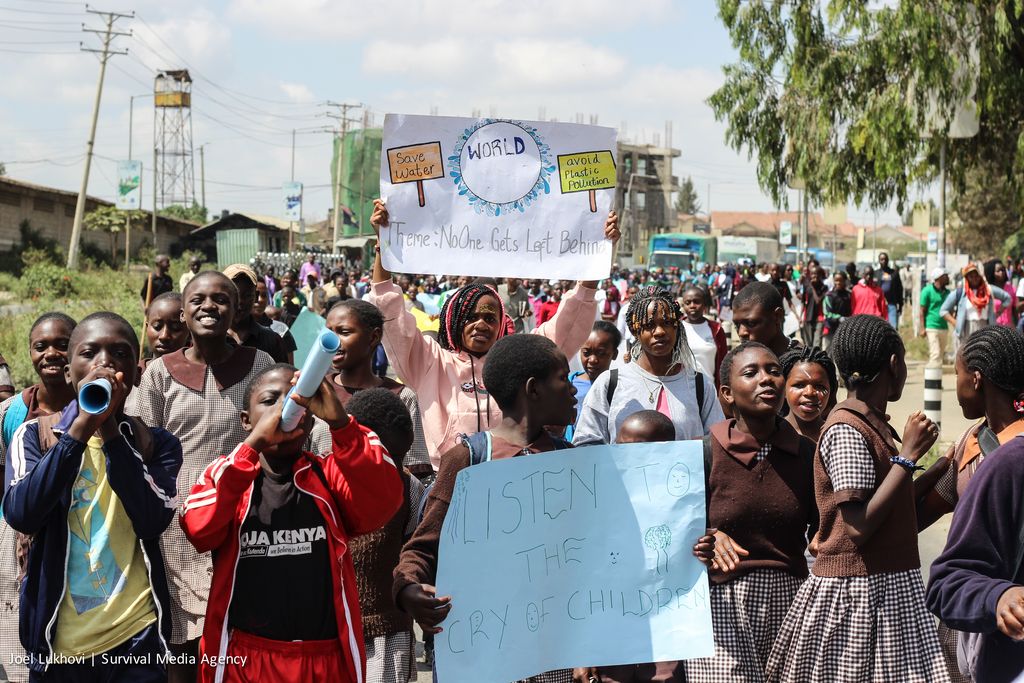
(Source: Joel Lukhovi, 350.org.)
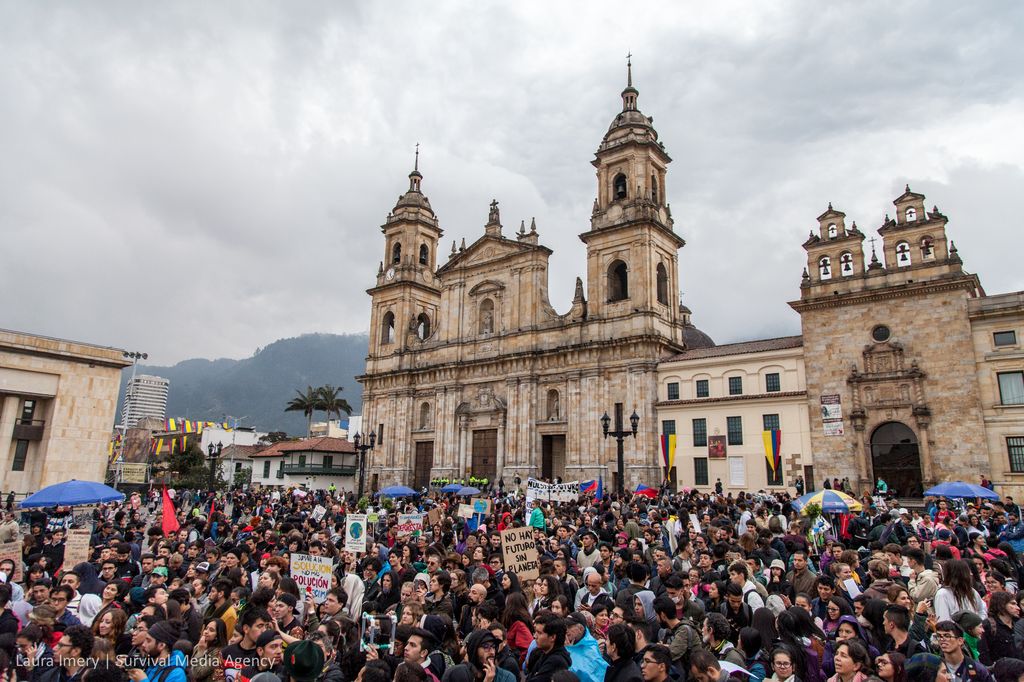
(Source: Laura Imery | Survival Media Agency, 350.org.)
